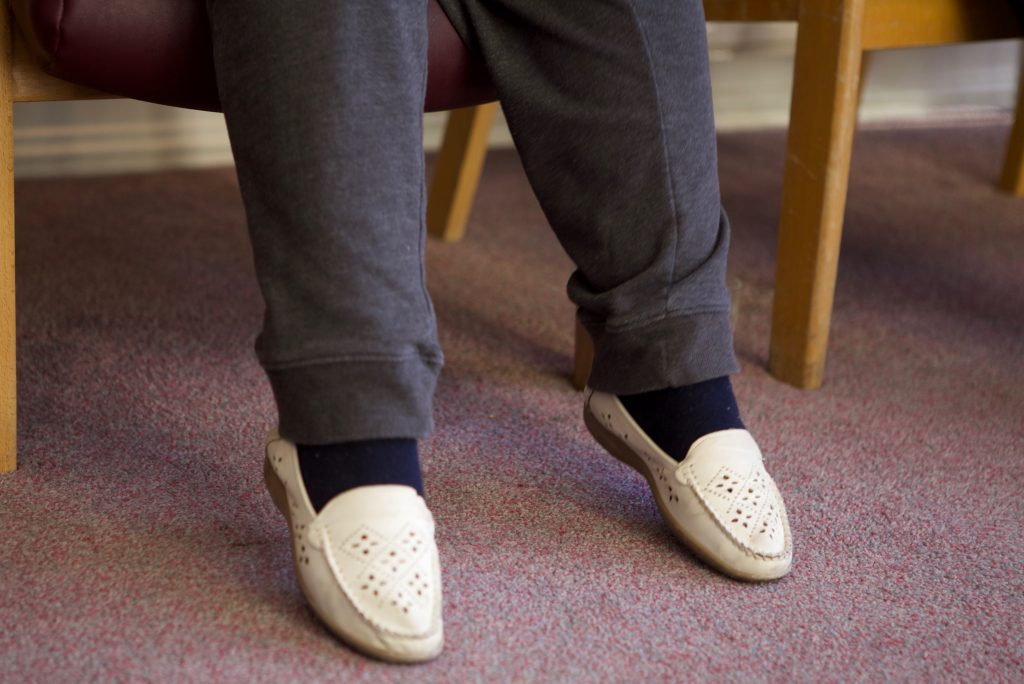Exercising at home
We all know old age is inevitable but slowing down the ageing process is well within our own hands. Just because we get old doesn’t mean our bodies must get old too. The secret to improving our health as we age isn’t complicated in fact it’s quite simple all we have to do is exercise regularly.
Now I know what you’re thinking I haven’t got the time to exercise and gyms are not for me, well good news you can get the same benefits from exercising at home as you can from a gym all you need is the knowhow.
Firstly you don’t need space for big machines or a large budget for fancy equipment. Your home can become an adapted version of a gym by using everyday objects from around the house and subbing them for standard exercise equipment.
A Chair
The most versatile object around the house is a standard kitchen chair.
The chair allows you to do a safe seated workout which can be adapted to suit your individual needs and difficulty level. While seated you can work all of your muscles in isolation and really focus on individual smaller muscles. The chair also helps if you are suffering from any type of injury or mobility issues by providing a safe still position to exercise from.
A chair can also act as an anchor point when doing standing exercises. Standing exercises can be more challenging than seated especially if you have any mobility issues. Balance exercises from a standing position are extremely challenging and using the chair to assist is essential. Balance exercises are extremely important to add to home exercise programmes especially for older adults as they can help prevent falls.
Walking
We have all heard the phrase “walking is the best form of exercise” and to a certain extent it is.
Walking can be done in many ways including indoors. When you think of walking you think of the distance you can cover but as we age walking long distances doesn’t have the same appeal it used to. Walking can be adapted in many ways to suit a difficulty level such as: Walking on the spot, Walking in different directions and even walking at an incline (up the stairs).
Walking has many benefits working many different muscles and this is often overlooked when choosing to exercise. You can improve your lung capacity, bone strength and mobility by just walking more. A simple way to track your walking can be by the use of a pedometer to count your daily steps. We’re recommended to aim for 10,000 steps in a day but for an individual looking to improve their health simply adding an extra 100 is a big step in the right direction.
Stretching
Stretching is extremely important as it help us to keep our muscles strong and flexible. Think about when you get out of bed in the morning feeling stiff we automatically stretch parts of our body, be it our neck, arms or legs. We involuntarily stretch because it feels good and helps with the morning stiffness.
Improved range of motion in our joints is possibly one of the most beneficial outcomes from stretching as it helps us with daily tasks we take for granted. Reaching overhead to a shelf, turning on/off a light switch and the all-important drinking a cup of tea/coffee are all daily tasks we don’t realise we need good range of motion for. Imagine being in pain trying to perform one of those tasks or not even being able to complete it. It’s the little things that stretching will benefit that really make a difference to our lives, getting in/out of the bed, taking on/off clothes, and even eating. These are all things we need to do to have some quality of life and it all starts with stretching.
Stretching is probably the simplest forms of exercise as it requires no equipment, it’s not time consuming and you can do it anywhere. An easy way to stretch regularly at home is to do certain stretches after performing daily chores/housework. You can stretch while standing, sitting or even in bed so there is really no reason why we shouldn’t be stretching regularly.


